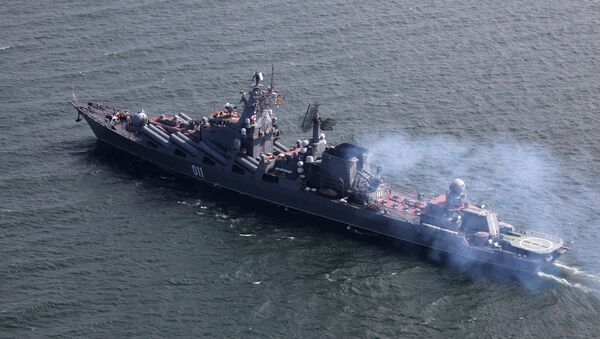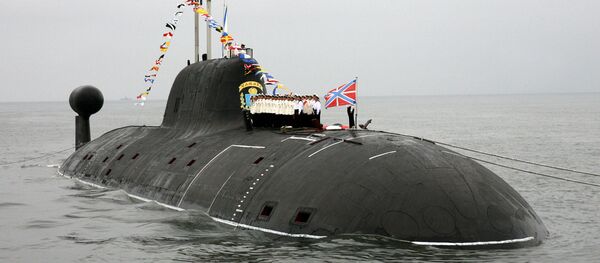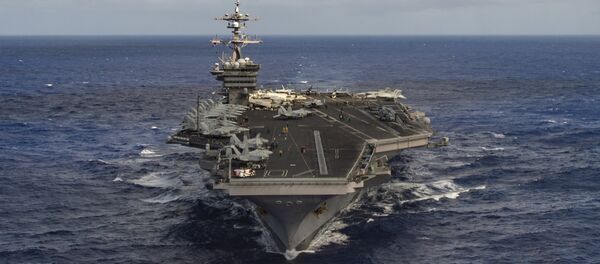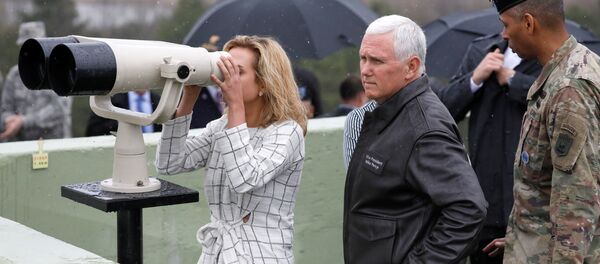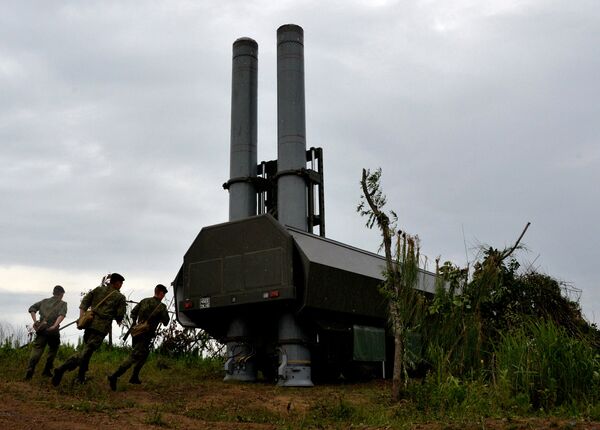Although the Russian Navy in the Pacific still has many problems to solve, it enjoys significant advantages over any potential adversary in the region.
Interestingly, since the beginning of 2017, the Russian Pacific has caught up with the Northern and Black Sea Fleets in terms of the number of references to it in the media.
Nearly every day the Russian Defense Ministry reports about either regular naval drills or exercises at dawn in the Far East. The crews of submarines and warships conduct live-fire exercises, naval aircraft intercept air targets, coastal defense forces test new missile systems, and Russian marines storm the positions of hypothetical enemies.
These exercises are being held amid a sharp increase in the presence of the US Navy in the Asia-Pacific region, where the American Navy has been conducting regular naval drills alongside their Japanese and South Korean allies.
Although the Pentagon later clarified that the USS Carl Vinson and the three other warships were, in fact, heading elsewhere, Washington's assertive stance has prompted serious concerns among Russian military experts.
They believe that under the smokescreen of naval drills and deterrence operations in the Asia-Pacific region, the Pentagon could have been quietly exploring the capabilities of the Russian Pacific Fleet in order to either limit or undermine its ability to work outside Russian territorial waters.
"The strike force of the Russian Pacific Fleet [is comprised of] underwater strategic missile cruisers, which remain an important part of [Russia's] nuclear tread," Russian military expert and journalist Viktor Murakhovsky told RIA Novosti.
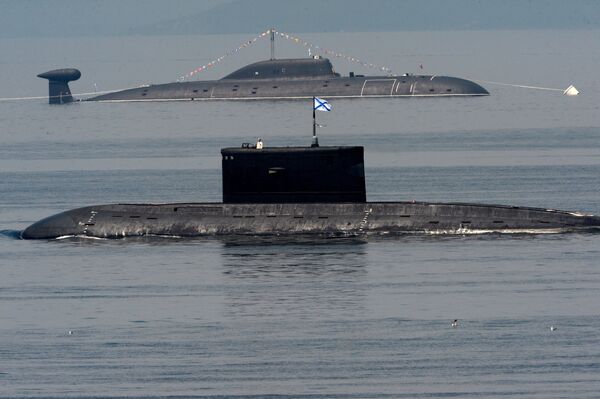
The expert emphasized that one of the most burning issues is the modernization of the fleet. Although a complete renovation of the Pacific Fleet is likely to take decades, the process is already underway.
This year the Pacific Sovershennyy ("Perfect") corvette (Project 20380) is due to enter service while another three ships from this class are currently being built at Russia's Amur Shipyard and Northern Shipyard. Furthermore, a multi-purpose frigate (Project 22350), the Admiral Isakov, is expected to leave its berth by 2020. This powerful assault ship will be armed with 3M-54 Kalibr (NATO codename SS-N-27 Sizzler) cruise missiles.
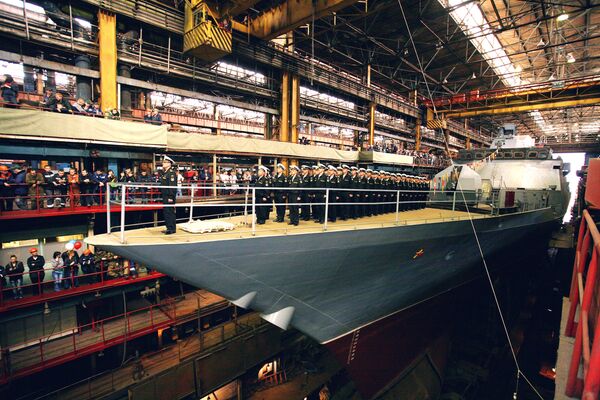
In addition, the Russian Pacific Fleet will also receive six Kilo-class diesel-electric submarines Varshavyanka (Project 636.3).
Murakhovsky remarked that it is still unclear whether Russia's largest missile cruiser, the Admiral Lazarev, will join the Pacific Fleet anytime soon. Currently laid up and in reserve status, the battleship is likely to dramatically strengthen the Pacific Fleet after modernization.
But that is not all: according to Murakhovsky, geography is the main and most effective ally of the Pacific Fleet in the region.
The expert called attention to the fact that Vladivostok and Petropavlovsk-Kamchatsky, the two main Russian naval bases, are located far from each other. Murakhovsky sees it as a great advantage: from the two flanks, the fleet together with the naval aircraft maintain control over the strategically important Sea of Okhotsk.
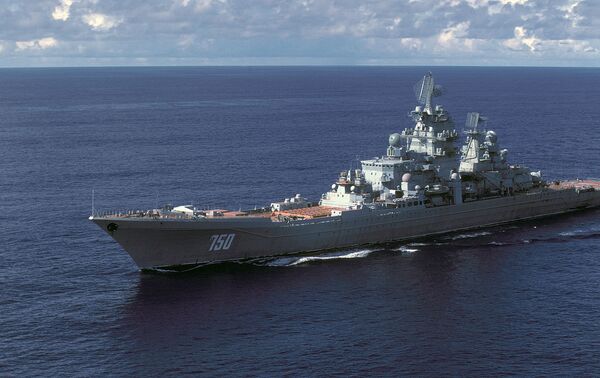
At the same time, control over the Kuril Islands allows Russian warships and submarines to go out into the ocean and to prevent the penetration of hypothetical adversaries into Russia's territorial waters.
"Our second advantage is coastal defense forces," Murakhovsky said, "Two divisions are being formed in the Far East, with one based on the Kuriles, and the other — in the area of Kamchatka and Chukotka. In the event of any conflict, they will strike enemy ships from well-fortified land positions. Now, these tasks are performed by the 520th and the 72nd separate coastal missile and artillery brigades."
Moreover, the "Redoubt" coastal anti-ship missile systems, which have a striking range of 460 kilometers (285.8 miles), will be replaced with modern "Bal" and "Bastion" systems, equipped with Kh-35 and Onyx anti-ship missiles, respectively, within the program aimed at boosting the coastal defense.
Speaking to RIA Novosti, Murakhovsky emphasizes yet another important development in the region: the Russian armed forces are building a new logistics hub in the Kuriles.
"This will significantly increase the time for patrolling our water area by the Pacific Fleet," the Russian military expert explained, "Previously they had to return for refueling and replenishing their reserves, either to Sakhalin or Vladivostok. In addition, new airfields for [Russian] combat aircraft are being built on the [Kuril] Islands with modern air defense systems, such as the S-400, which is being deployed in the region."
Last but not the least are the regular naval drills, according to the military expert.
"The Pacific fleet remains effective mainly because it constantly conducts military exercises," Murakhovsky highlighted, "The level of training of our [Russian] sailors has surpassed Soviet indicators in a number of parameters."
Never miss a story again — sign up to our Telegram channel and we'll keep you up to speed!

